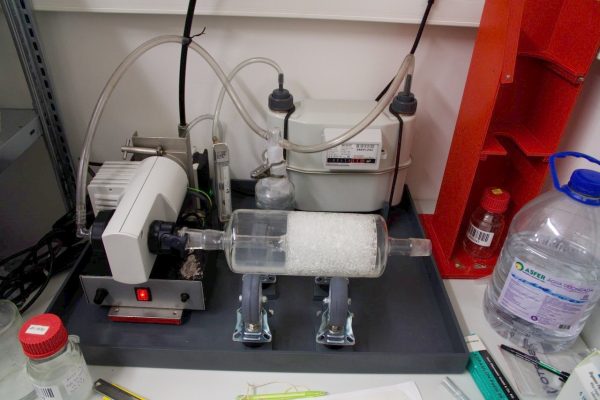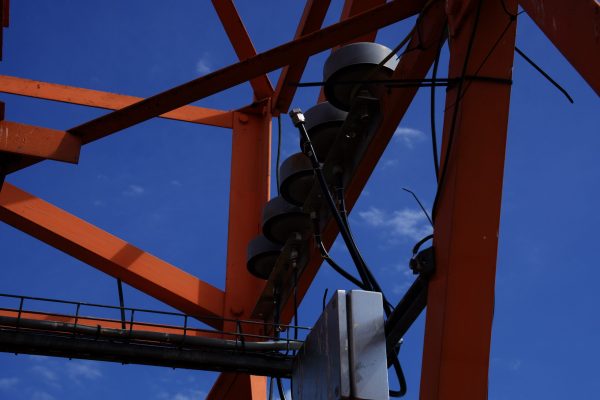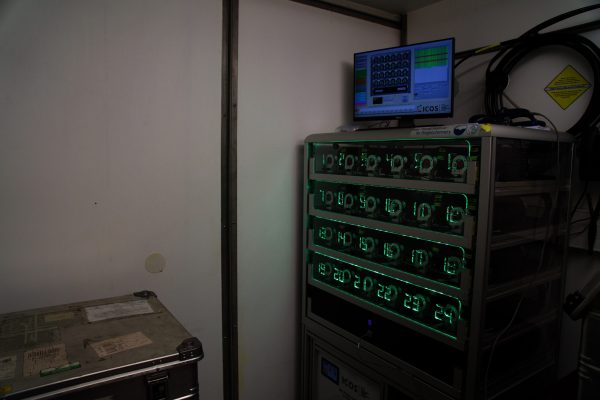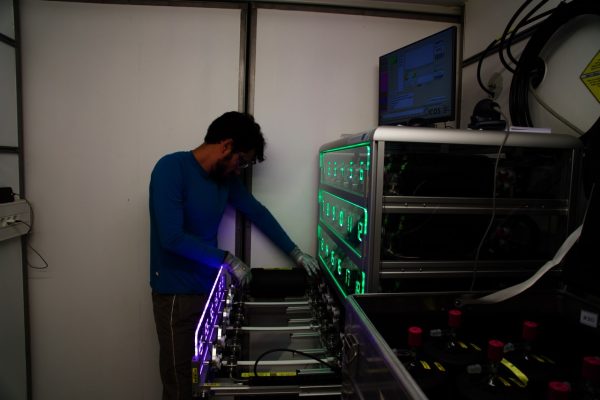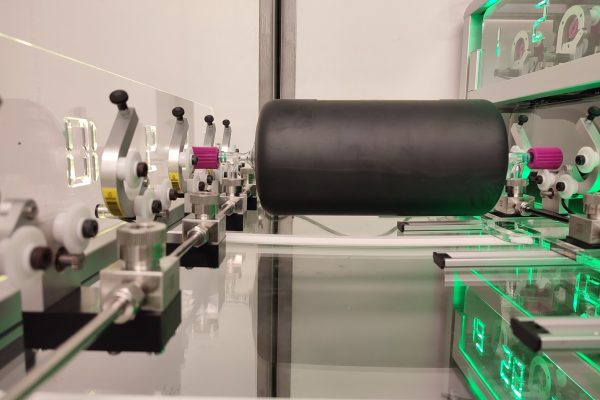Abstract
Tropical forests are among the most productive ecosystems on Earth. On an annual basis, one hectare of tropical forest can fix between 20 to 30 tons of carbon from the atmosphere through the process of photosynthesis. However, the fate of this amount of fixed carbon, as it moves across the forest, is highly uncertain and poorly quantified. Furthermore, there are no reliable estimates of the amount of time that a unit of carbon will remain in an Amazon forest after photosynthesis. Determining the fate and timescales of carbon storage in these Amazon forests is important to better assess their role in mitigating climate change. If the photosynthetically fixed carbon only stays for a short period of time inside the forest, the climate benefits would be lower than in other ecosystems where the carbon stays for a longer time. Therefore, it is crucial to develop methods and strategies to quantify the fate and timescales of carbon sequestration in tropical forests due to their large capacity to draw down carbon from the atmosphere.
The fate and timescale of carbon cycling in forests can be studied using radiocarbon produced by nuclear bomb tests performed in the 1950s and 1960s and which led to a steep increase of radiocarbon in global atmospheric carbon dioxide (CO2). We are tracking this ‘bomb’ radiocarbon pulse in ecosystem carbon pools and in respired CO2 using sampling profiles below the canopy at different heights of the 80 m walk-up tower, to determine the radiocarbon content of the CO2 respired by the forest.
Radiocarbon of CO2 measured below the forest canopy is a mix of the radiocarbon signature of the respired CO2 and that in background air. Therefore, we are also monitoring the radiocarbon signature in air collected at 321 m at ATTO to better disentangle the signature of the respired CO2 from the signature of the atmospheric background. These measurements are also of immense importance for the global monitoring of atmospheric CO2 and its isotopic composition. The measurements at ATTO are being integrated into a globally distributed network of high-precision measurements of 14CO2. Data from this network provide an independent constraint to evaluate the performance of mathematical models of the global carbon cycle. Up to now, measurements in tropical regions and in South America have been under-represented in these global networks – our measurements at ATTO are filling this gap. In addition, these measurements could be useful for a number of other applications related to the dating of organic materials that require information on the background radiocarbon signature of atmospheric CO2.
Main objectives and activities
- to monitor 14CO2 at 321 m to establish a record of the radiocarbon signature in background air representative of the central Amazon region
- to quantify the transit time of carbon in central Amazon forests, from the time C enters the forest through photosynthesis until it is respired by plants and microorganisms
- to develop a budget of the carbon stored in different components of the Amazon forest such as foliage, wood, and soils, and determine how old is the stored carbon in relation to the age of the respired carbon
- to develop a mathematical model of the dynamics of carbon in central Amazon forests using radiocarbon measurements.
Team
- Ingrid Chanca, Max Planck Institute for Biogeochemistry, Germany
- Gerd Gleixner, Max Planck Institute for Biogeochemistry, Germany
- Samuel Hammer, University of Heidelberg and ICOS Central Radiocarbon Laboratory, Germany
- Ingeborg Levin, University of Heidelberg, Germany
- Kita Macario, Universidade Federal Fluminense, Rio de Janeiro, Brazil
- Carlos A. Quesada, Instituto Nacional de Pesquisas de Amazônia, Brazil
- Carlos A. Sierra, Max Planck Institute for Biogeochemistry, Germany
Support
- Markus Eritt, Flask and Calibration Laboratory, Integrated Carbon Observation System (ICOS), Germany
- Armin Jordan, Max Planck Institute for Biogeochemistry, Germany
- Richard Kneißl, Flask and Calibration Laboratory, Integrated Carbon Observation System (ICOS), Germany
- Heiko Moossen, Max Planck Institute for Biogeochemistry, Germany
- Yago Santos, Instituto Nacional de Pesquisas de Amazônia, Brazil
- Axel Steinhof, Max Planck Institute for Biogeochemistry, Germany


